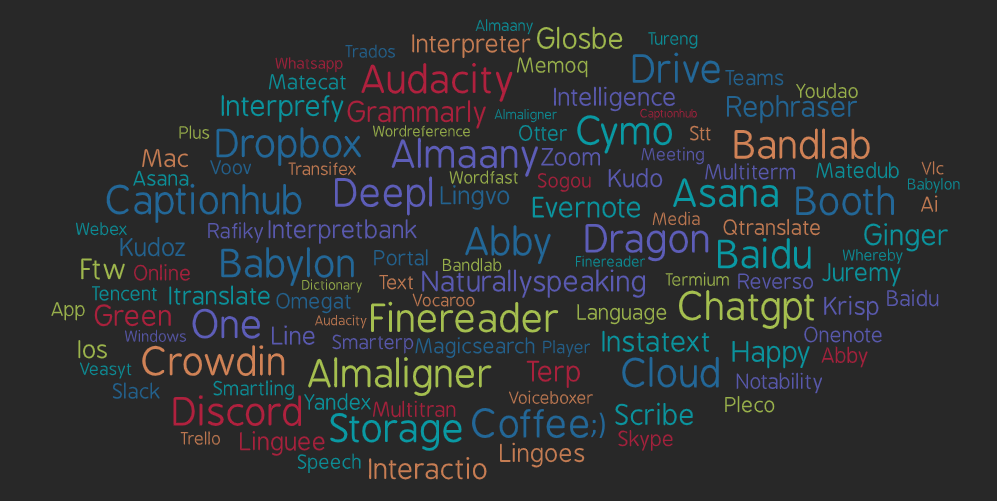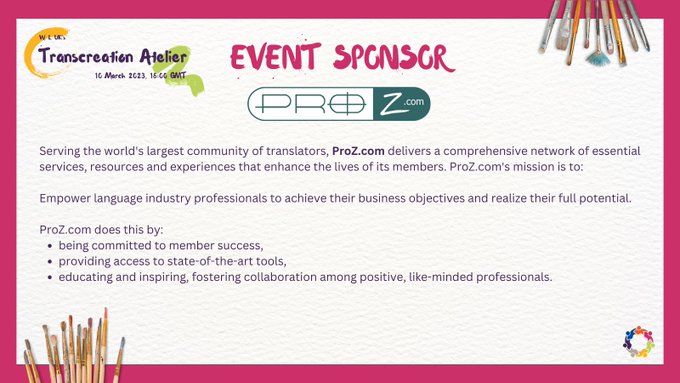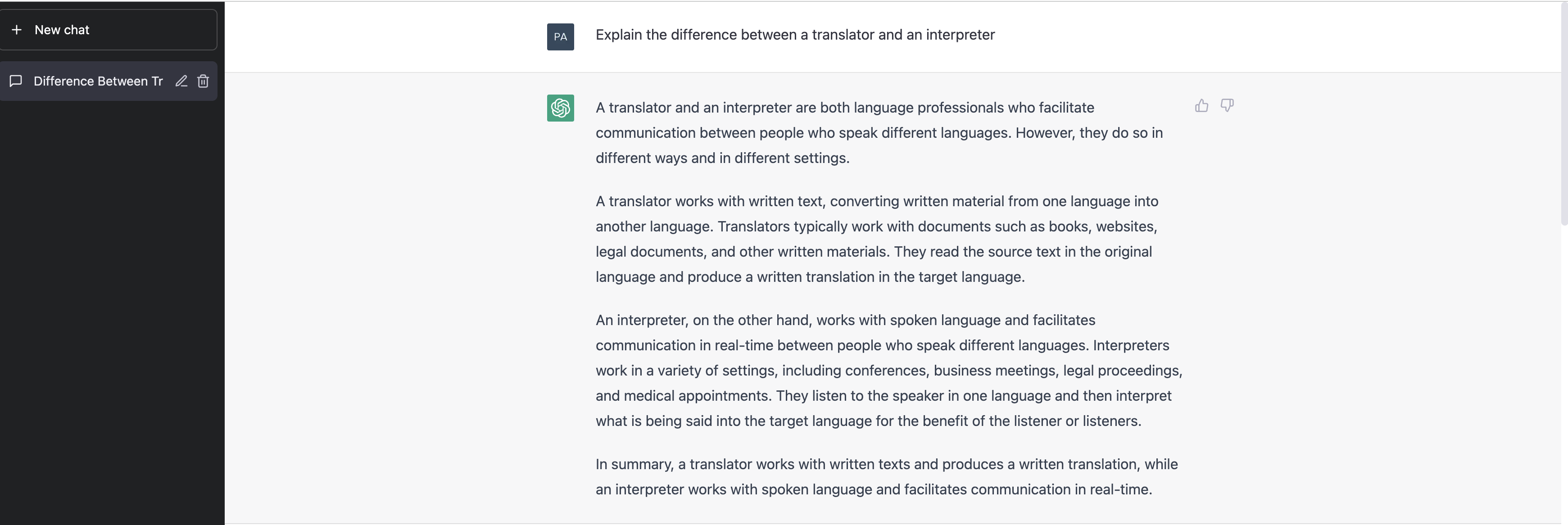Earlier this year, over a thousand interpreters participated in surveys designed to look at trends, challenges, and opportunities in the current landscape of interpreting. If you are interested in some of the results, along with advice and strategies from experts in the field, be sure you are tuning in to the free online event ProZ.com is hosting for remote interpreters, happening this Tuesday, March 28th.
One question interpreters were asked was:
"What hardware or software would you consider as part of your list of 'must haves' for the modern interpreter?"
A lot of recommendations were made, and so I thought it might be fun to share a compiled list of those recommendations, and maybe also build off it, to create a more or less comprehensive list of tools that anyone can go through to get ideas which might help improve how they work.
Read More













.jpg)

.png)
